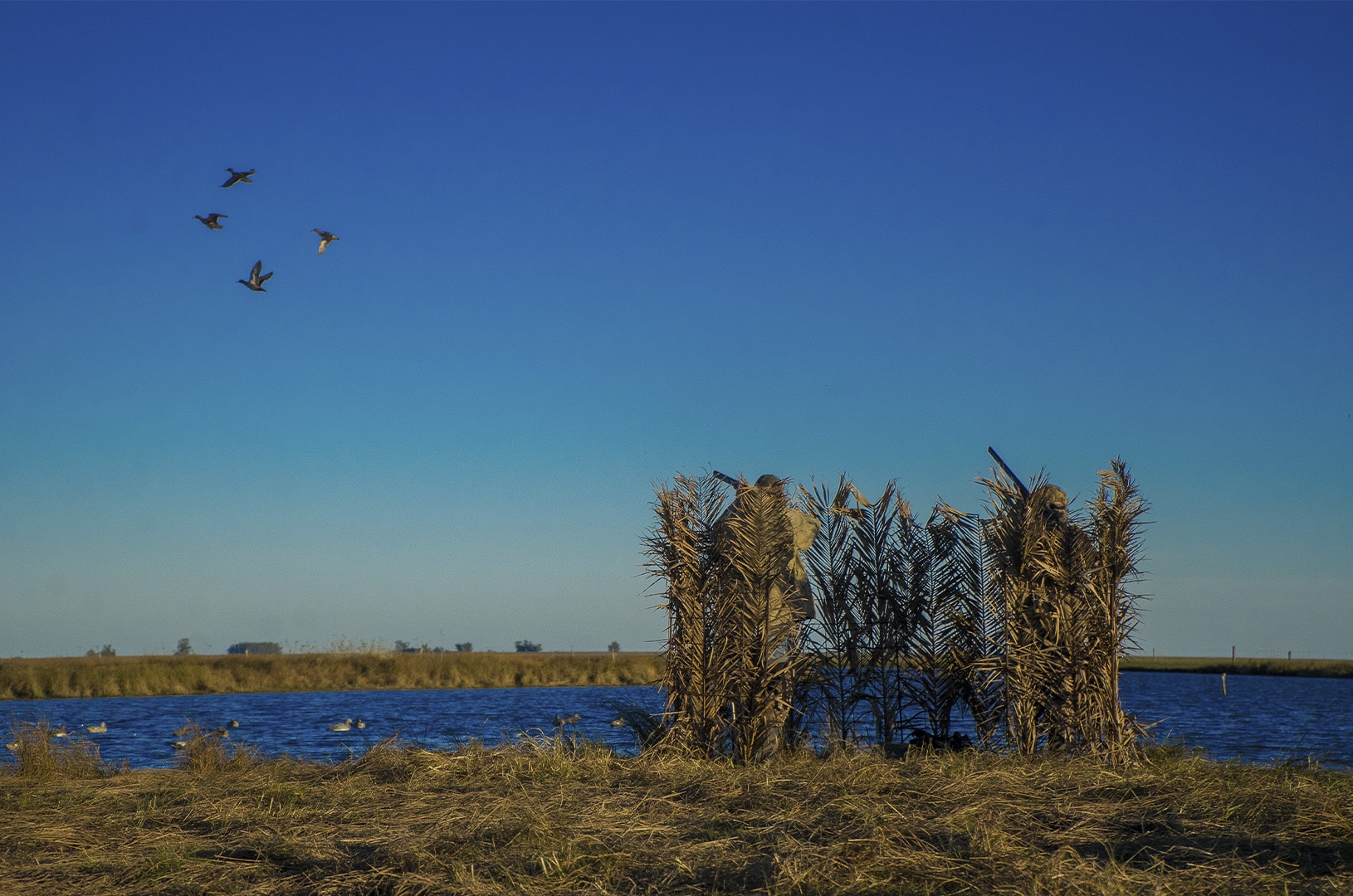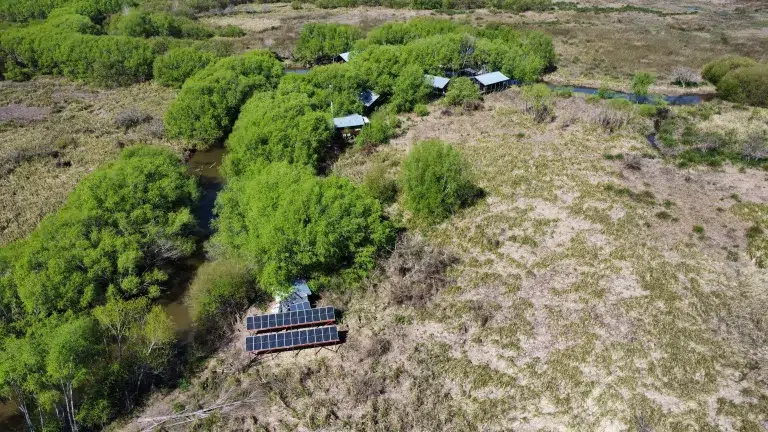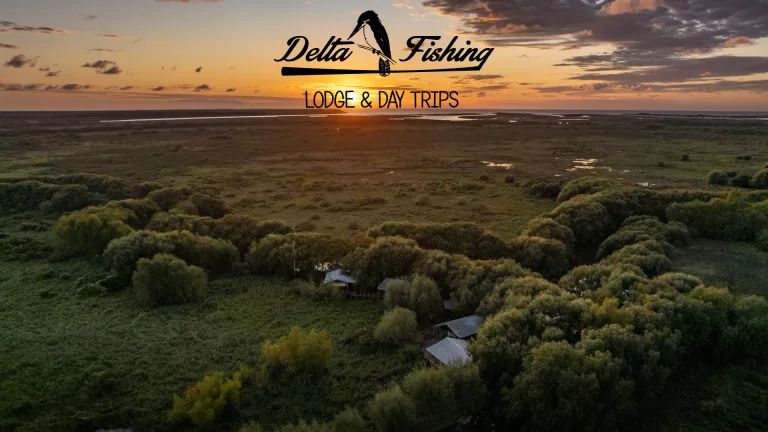By Doug Larsen
First, let’s discuss blinds. There are many types, but what works best is a blind that will blend in with the surroundings of where you are seeing ducks. If the ducks are in a cornfield, build a blind and cover it with cornstalks, in a marsh, use cattails or tules or cut phragmites. When you cut your blind covering, always cut it well away from your blind site. Don’t denude the spot next to your blind in order to cover it-that will look as unnatural as no blind at all. When covering the blind, there is no such thing as too much camouflage. A good friend of ours says that the blind is concealed properly when you have to “shoot your way out.”
As far as placement goes, set your blind where the ducks will be, and if you have a choice get the sun and prevailing wind at your back, or try to get on a peninsula or island where you could have water on three or four sides. In a field, pay attention to the area the birds are using first, then wind, then sun. Set your blind up, and keep the surrounding area clean and untrampled. There weren’t empty soda cans or bits of treated wood or empty shotgun shells there last month, and there should be any there now. Not only is that just a good hunting policy, but it is also good for the world as well.
Entire books have been written about how to place decoys and just last season we hunted over decoys spreads that were as small as three decoys, to spreads of over 1200 ducks and geese. It is all about what it takes to attract and finish the birds.
Many “old-timers” will tell you to put decoys out in various shapes- mostly these are things like letters- for example, the “J” hook is a famous decoy pattern, with a long line running to the blind, and a shorter loop crossing the front of the blind- this is a great decoy spread, as long as you don’t deploy it in too formal a fashion. If a pilot, flying over the decoys would look at it and say “that’s the letter J,” well then you have failed.
Ducks don’t sit on the water in letters, they spread out naturally, in loose groups and twos and threes. Thus if you create a lazy letter “J” or a “W” constructed of loose groups of decoys, with the tips of the letters, or the farthest decoys no more than about 40-45 yards from your blind, you should be in good shape. The openings in the letters is where you’d like the ducks to land- and always try to get the wind and sun at your back, or off your side if at all possible. You’ll notice we mentioned sun and wind twice now- it is that important, truly. Ducks will always land into the wind, so you want to exploit that trait as much as possible.
Hopefully, these tips will help you get some ducks “feet down” over your decoys this season. Be safe, and have fun out there!




